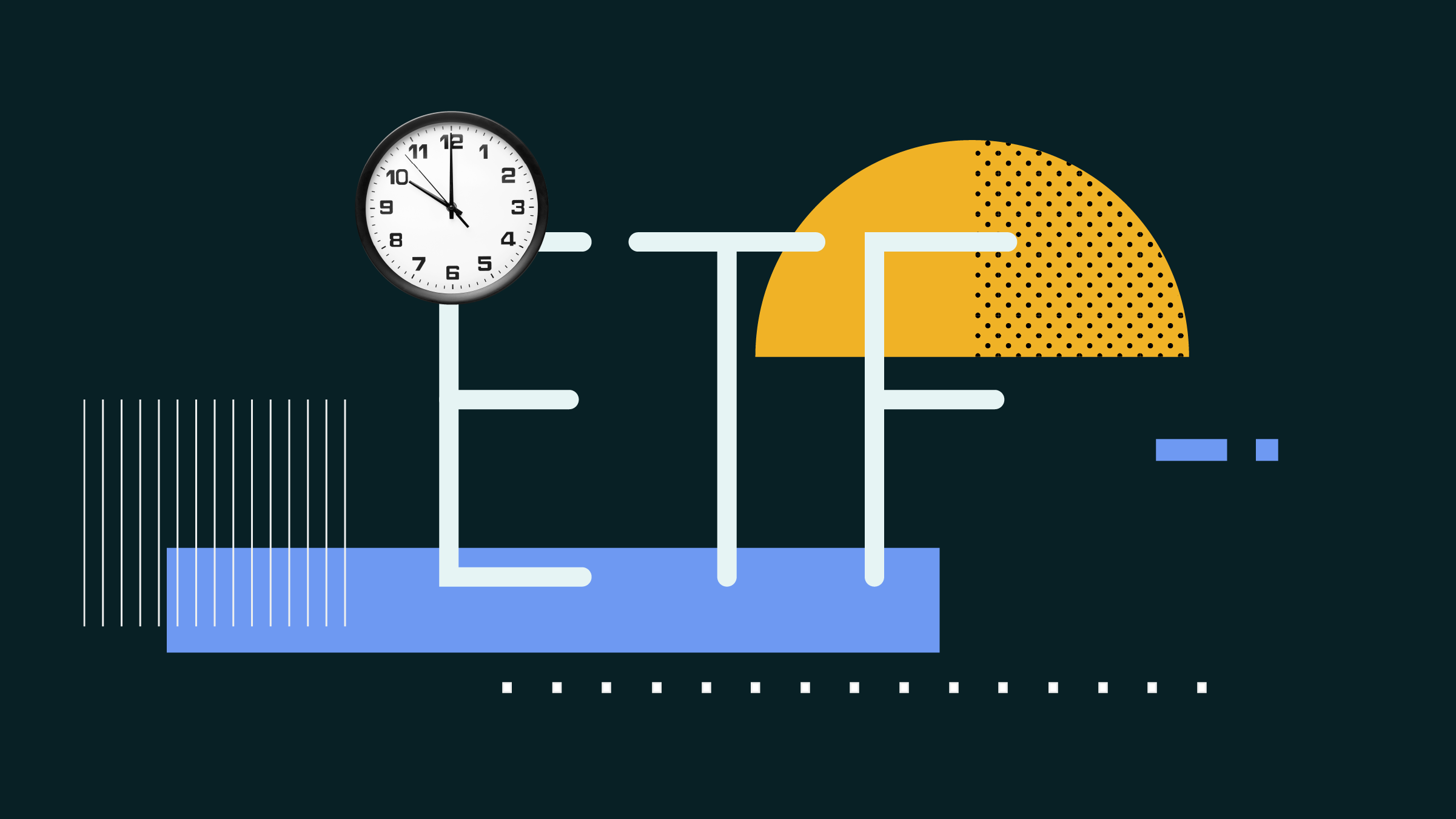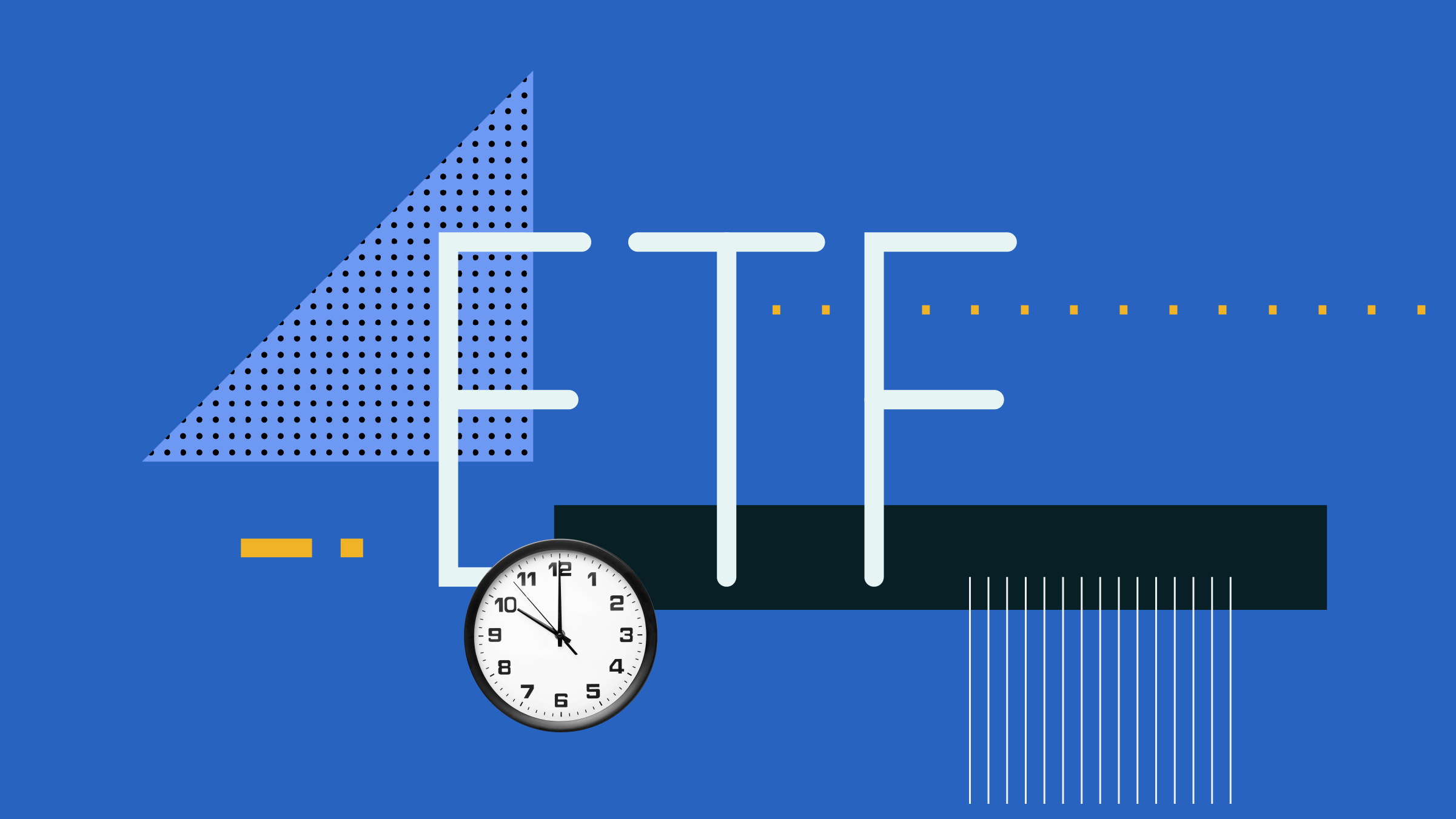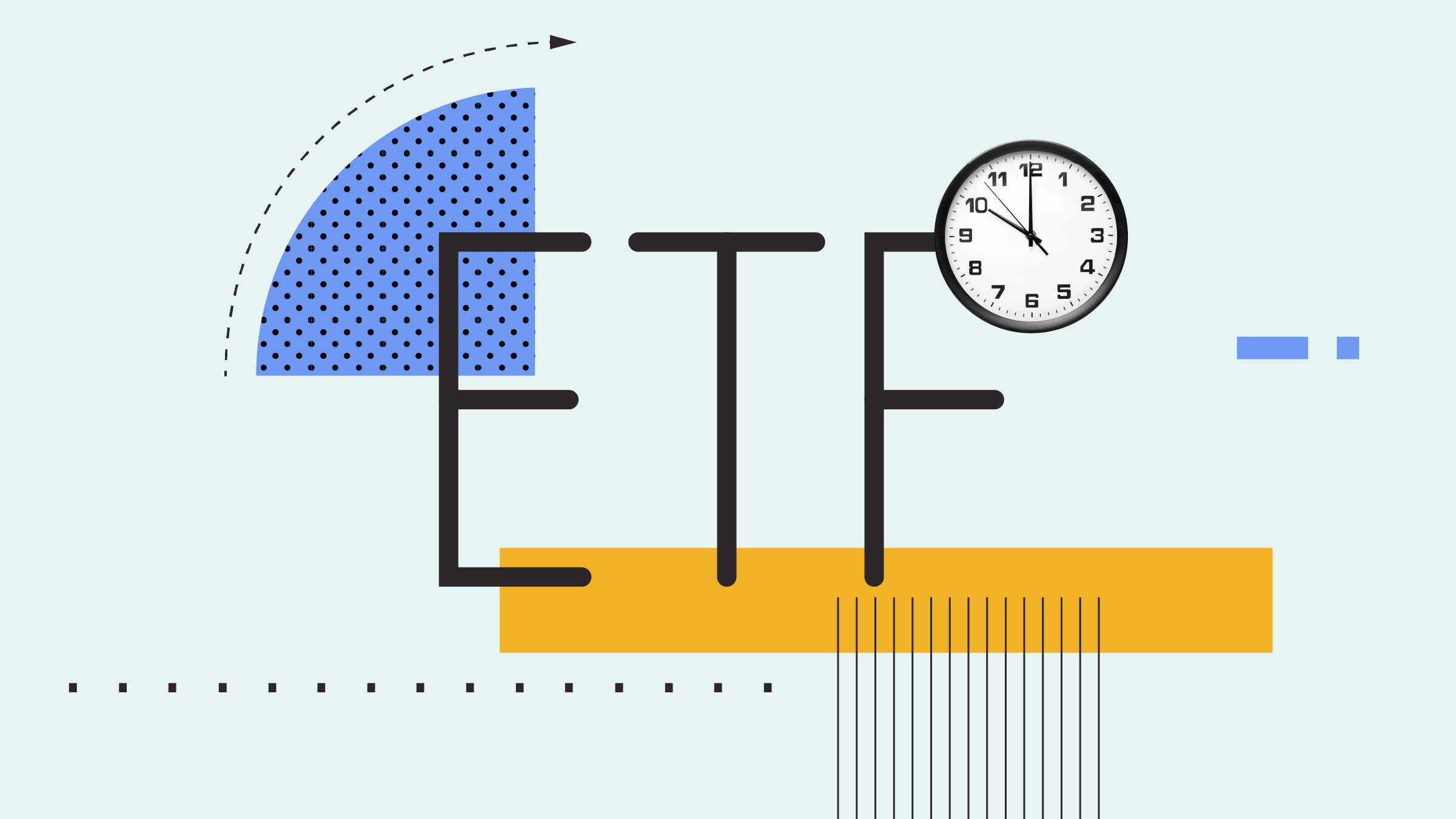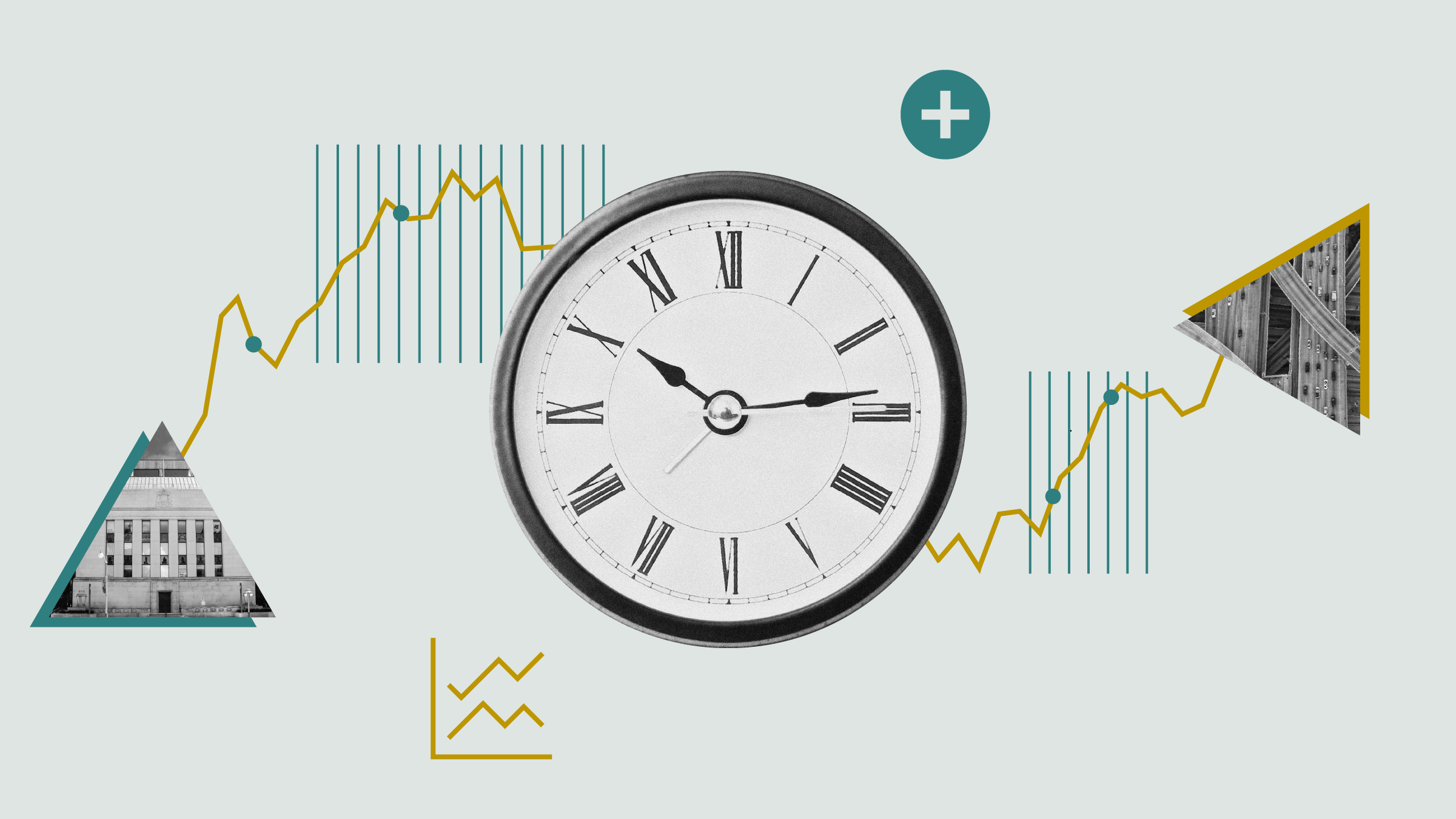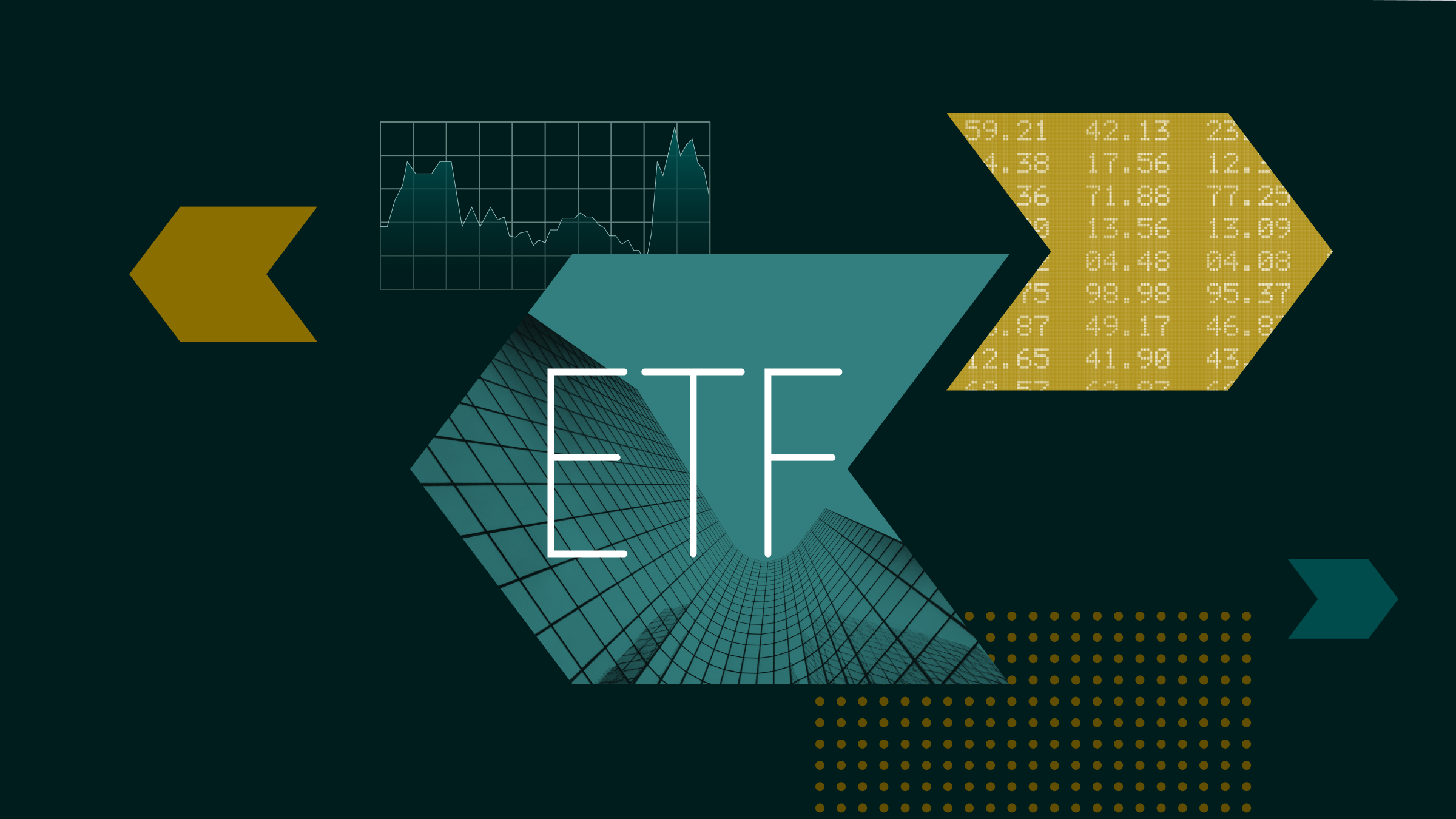Considering the popularity exchange-traded funds have enjoyed in the past few years, it seems a growing number of investors are opting for passively managed investment solutions over the more traditional active mutual funds. As you perform your annual portfolio tune-up, you may be wondering whether to invest this year's RRSP contribution -- or perhaps do a more thorough reshaping of your portfolio -- in actively or passively managed strategies.
While partisans make compelling cases for both approaches, Morningstar has long stayed agnostic on the question. For one thing, the data about active versus passive fund performance aren't as clear-cut as extremists on either side of the debate might have you believe. It's true that active managers, in aggregate and over long periods, haven't made a strong case for themselves versus market benchmarks; many active funds don't help their own causes because their fees are so darn high. But neither do active funds' lacklustre average returns mean that one couldn't possibly choose an active fund that will outperform.
We've also seen firsthand that investors can achieve success (which I define as reaching their financial goals) using either approach, or by blending the two. Using an all-index portfolio is a low-cost, low-maintenance way to go, provided you opt for cheap, broadly diversified index funds and don't speculate with narrowly focused or leveraged vehicles. Meanwhile, we've known many investors who have reached their financial goals by buying and holding fine active funds as well; the key to their success was doing their homework on the front end and having the discipline to stick with their active managers through the inevitable rough patches.
A key aspect of making either an active or a passive strategy work for you is to establish what you value in an investment. Here's a quick review of some of the key attributes investors often seek as well as how index and active funds deliver on each.
Low expenses
Although not all index funds and ETFs have low costs and not all active products are pricey, expenses on passively managed products are generally lower than on active funds. That expense advantage is a big reason why broad market index funds have delivered solid returns versus market benchmarks over long periods; it's a gift that keeps on giving. In Canada, the typical equity mutual fund in Morningstar's database has an expense ratio of about 2.50%, whereas equity index funds charge an average of 1.09% per year. The average Canadian-listed equity ETF charges an MER of just 0.63%, and many charge much less than that.
Simplicity
Looking to build a minimalist, low-maintenance portfolio? It's simple to do so by figuring out your target asset-allocation mix, then populating it with just a handful of broad-market-tracking index funds or ETFs. In contrast, by mixing and matching actively managed funds, you may end up with overlap, and it can be difficult to maintain tight control over your portfolio's asset allocation. Index-fund investors also don't have to worry about operational issues such as manager departures.
That said, it's also possible to build a fairly simple, low-fuss portfolio using just a handful of active funds. The keys to doing so successfully include making sure you understand the manager's strategy, sticking with vehicles that give you a lot of diversification in a single shot, and stacking the deck in your favour by opting for active funds with low costs. If you don't have time to monitor your portfolio on a regular basis (say, every six months or so) or you know you can't put up with periodic bouts of underperformance, stick with index funds and ETFs.
Tax efficiency
Although index funds and ETFs aren't universally tax-efficient, broad stock-market-tracking vehicles have tended to be pretty tax-efficient over time. Because active fund managers might trade more often, there's a greater likelihood that an active fund will pass taxable capital gains on to its shareholders. ETFs are also structured in a way that makes them tax-friendly.
That said, active funds aren't inherently a bad bet from a tax standpoint. Some ultra-low-turnover funds have done a relatively good job of limiting taxable capital gains payouts. Tax-managed funds, many of which are index-like but actively managed to reduce the tax collector's cut, have been even better bets for taxable accounts.
Ability to outperform the market
Index funds have, on average, delivered fine returns for their shareholders, with the majority topping their category peers, sometimes by wide margins, over short and long timeframes. That's a huge selling point. But if you're hung up on "beating the market" (setting aside the important question of whether that's a good or bad idea), you won't get there with index funds. If an index fund is properly tracking its benchmark, the return you receive will be the benchmark's return minus expenses--no more, no less. Active funds, by contrast, offer at least the prospect of beating the market. That said, you need to be honest about your own abilities as a fund-picker. Ask yourself how well you have done in the past in choosing active funds and sticking with them.
Ability to adjust to changing market conditions
One of the key potential benefits of an active approach is that a manager usually has the latitude to make changes based on market conditions. For example, he might decide to hold cash because stocks look expensive and he can't find things to buy, thereby protecting investors if stocks sell off. Alternatively, a manager could take advantage of weak markets to load up on beaten-down securities that short-term investors have discarded. If an index-fund investor wishes to be opportunistic, meanwhile, she'll have to do it herself.
Active or passive? Both
Unfortunately, the active vs. passive or ETF vs. mutual fund debates tend to be polarizing. But these are not all-or-nothing proposals. A more productive debate would be deciding how much of your optimal portfolio should be in active or passive investments, or which asset classes have the greatest potential for alpha and should therefore be accessed through active management.
After making the philosophical decision to go active or passive in a given market segment, the debate should evolve to whether an ETF or mutual fund (or another investment vehicle) is the best solution for that portion of your portfolio.
A major trend among institutional investors in the last several years has been what many describe as the "marriage of alpha and beta." Most commonly, this refers to an investment strategy that employs passive investments to get core beta exposure at the lowest possible cost. Recognizing how elusive alpha is in large heavily trafficked markets, many professional investors will target asset classes like domestic large-caps via low-cost passive investments.
With the remaining satellite portion of the portfolio, investors can look to access smaller, less liquid markets by tapping into the expertise of an active manager. Active management makes the most sense in markets where the investor believes the portfolio manager has an "edge," or informational advantage.
Investors would do well by keeping their confidence in check. If you don't have an edge, keep costs low and get passive market exposure. Focus your time and efforts on the areas of the market where alpha is more abundant and likely to outweigh the higher costs of active management.
--A version of this article originally appeared on Morningstar.ca on Nov. 20, 2012.







